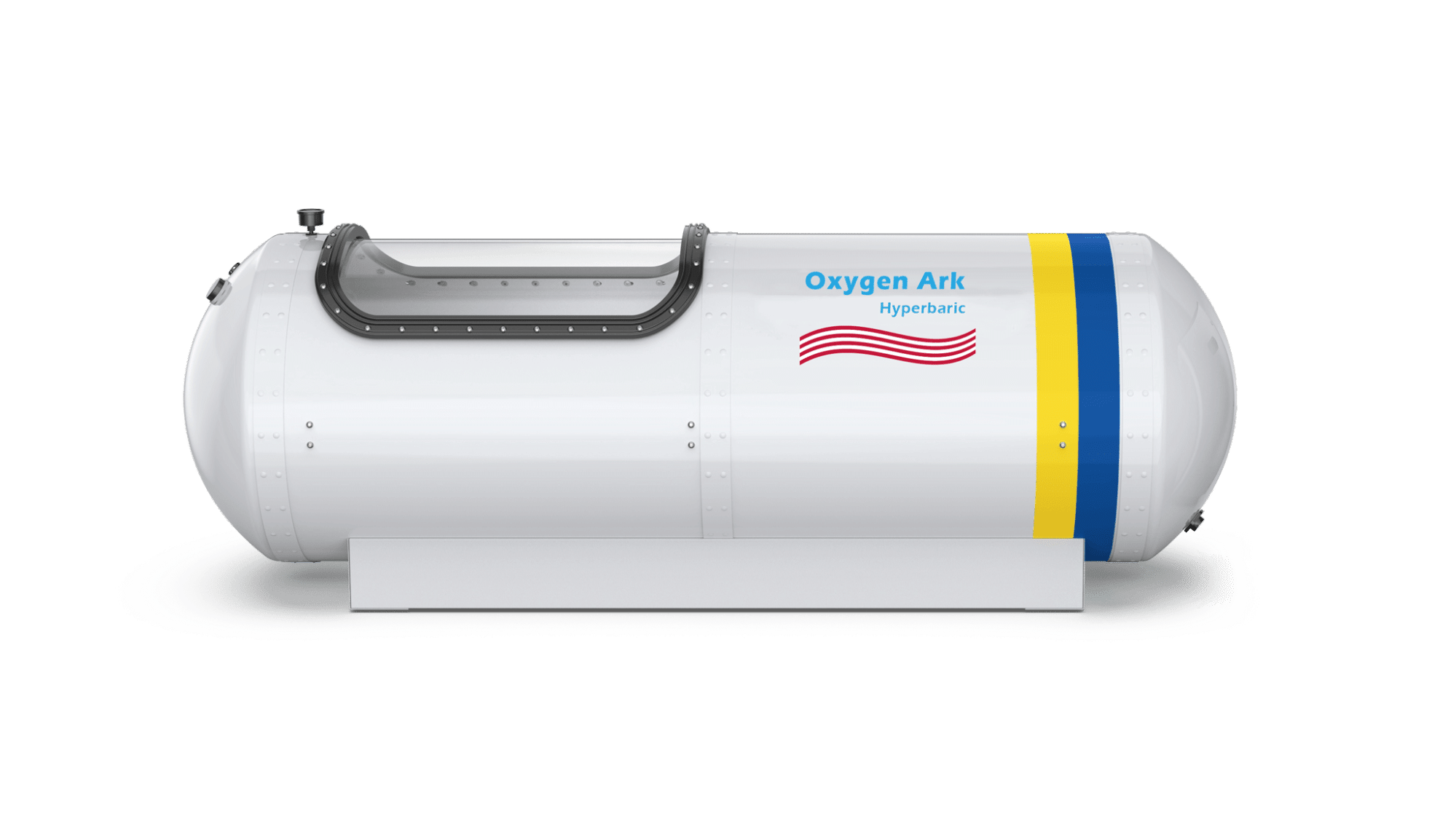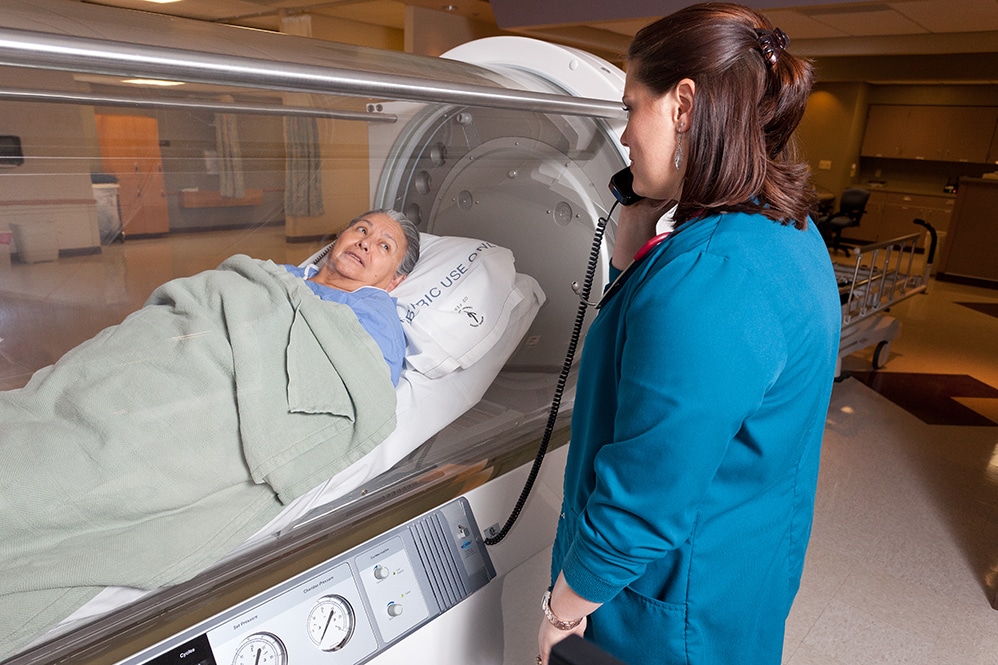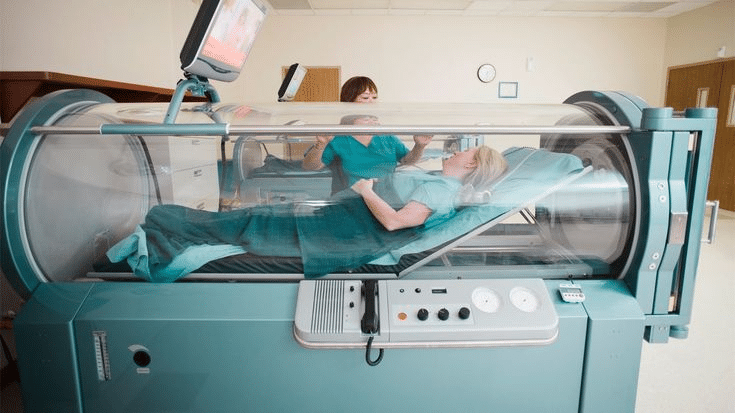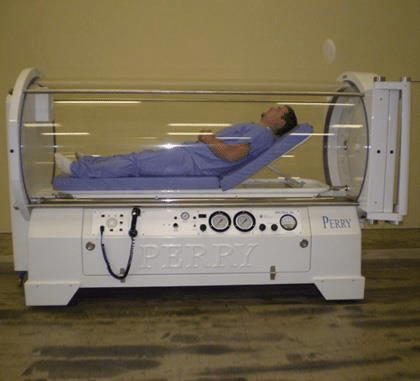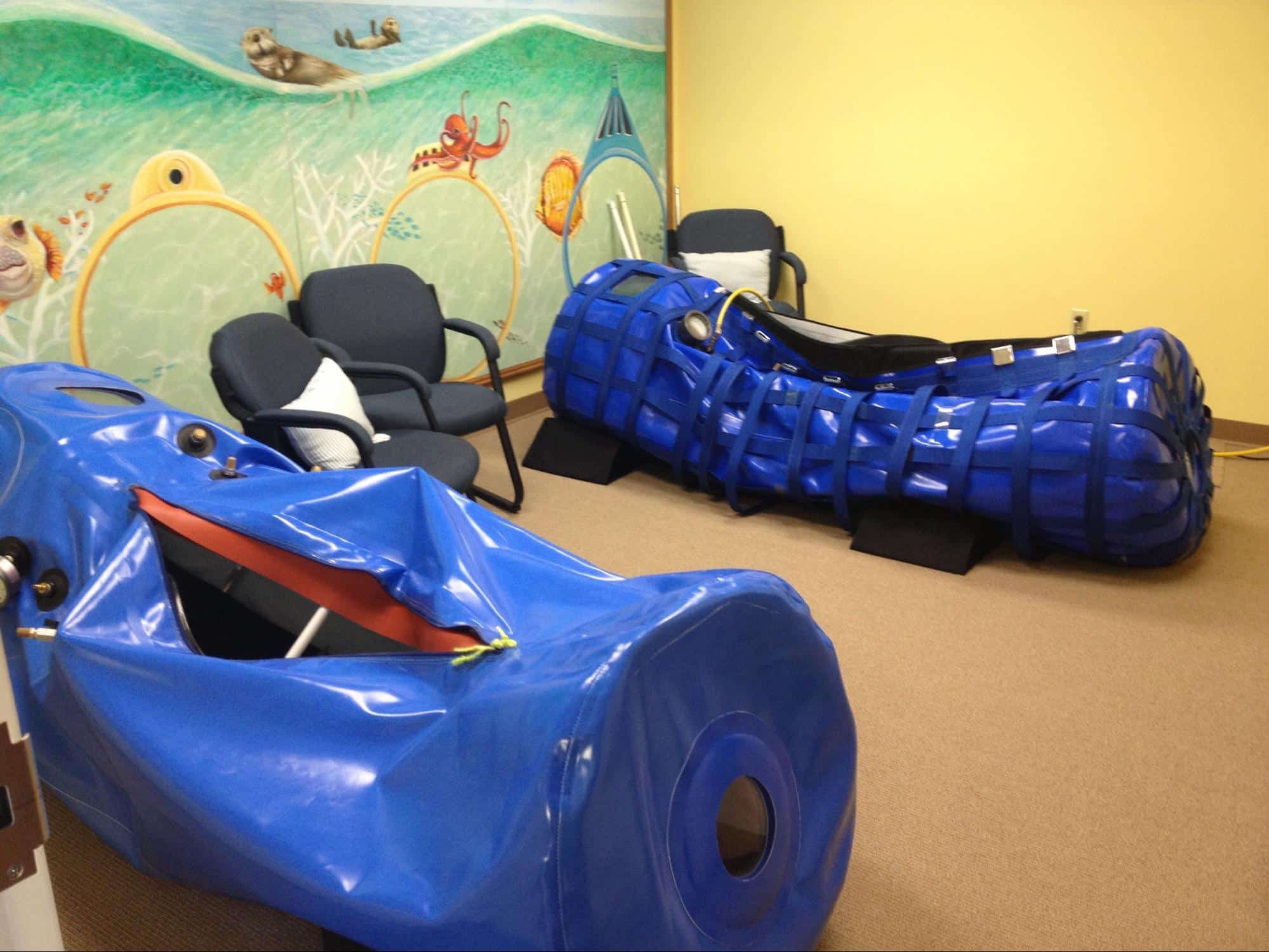
Source: Pexels
Hyperbaric oxygen therapy (HBOT) has, over time, been globally embraced as a suitable treatment for medical, wellness, and even cosmetic concerns. The designs of hyperbaric chambers have also significantly improved and now offer a wider array of treatment approaches including multiperson treatment sessions and mild HBOT.
The increased uptake is a testament to the effectiveness and mostly low-risk nature of hyperbaric oxygen therapy. However, despite its numerous benefits, HBOT is still a medical procedure and thus requires moderation.
So, whether you are looking to address a non-healing wound, relieve sports-related injuries, or rejuvenate your skin, it all comes down to one key question: how often can you use a hyperbaric chamber? Read on as we share all the key details that you need to make an informed decision.
Hyperbaric Oxygen Therapy: The Basics
The human body is made of cells, which make up body tissues, and the tissues are what form your organs. This whole system relies on the oxygenated blood in your body to:
- Flush out any toxins that accumulate in them.
- Provide nutrition.
- Provide the much-needed oxygen that human tissue needs to stay alive and generate new healthier cells.
When you suffer physical injuries like burns and wounds or ailments like strokes that interfere with blood flow, these tissues do not receive enough oxygen. This makes it difficult for them to regenerate new cells or mount the immunity defenses that your body should provide.
During hyperbaric oxygen therapy, you are placed in a chamber with a higher-than-usual atmospheric pressure and a consistent flow of pure oxygen.
Your body, due to these unique conditions, begins to inhale more. As a result:
- It increases the levels of oxygen in your bloodstream which is then distributed to oxygen-starved tissues.
- The tissues become stimulated to generate newer healthier cells.
- Cell regeneration speeds up healing and promotes wellness.
Factors Influencing Frequency of Hyperbaric Chamber Usage
Healing, in most cases, is a process because cells do not necessarily rejuvenate overnight. As such, it usually takes one or more hyperbaric oxygen therapy sessions to achieve the desired treatment results. Doctors determine the number and frequency of sessions based on:
Professional Medical Guidance

Source: Pexels
The first step in treating medical issues using HBOT should always be a medical evaluation by a qualified professional. Your patient history and current health status will enable them to determine whether:
- Hyperbaric oxygen therapy is suitable for you
- The number of sessions that are safe and necessary to manage your condition
The Severity of the Ailment
Chronic conditions, like a diabetic ulcer or gangrene, usually require more extensive care because they:
- Tend to resist treatment
- Can progress quite fast and affect more tissues
Subsequently, it is best to take a hard and fast treatment approach when managing them. In relation to hyperbaric therapy, this means that patients suffering from such a condition may require daily treatments and longer sessions (2 or more hours).
This is a much higher frequency compared to the 1 to 3 sessions that may be recommended for a patient suffering from carbon monoxide poisoning or other acute conditions.
Treatment Protocols and Recommendations
Like with most medical practices, there are national and international societies and associations that:
- Conduct extensive research on hyperbaric oxygen therapy and hyperbaric chamber safety
- Provide detailed guidelines on how medical professionals should navigate HBOT
- Provide detailed standardized recommendations that medical professionals can use as guidelines when administering hyperbaric oxygen therapy
As such, the frequency of your hyperbaric therapy sessions will likely be based on your treatment needs and the recommendations that these organizations provide.
Personal Response and Tolerance to HBOT
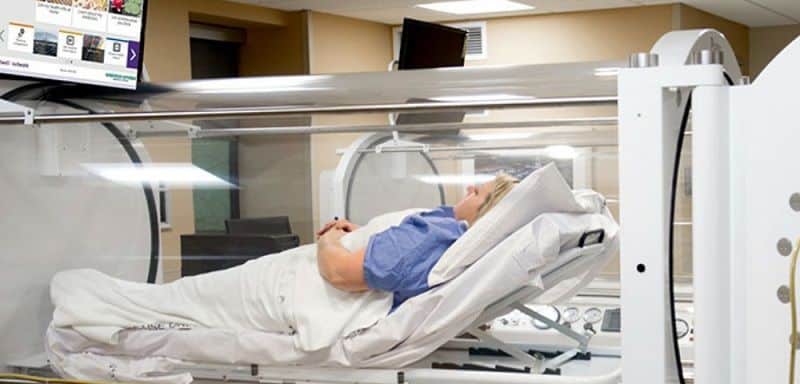
Source: Pinterest
Biology is not always an exact science. A patient may still have an adverse reaction to HBOT even after medical professionals examine them and develop a customized treatment plan in line with best-practice guidelines.
This can be due to a previously unidentified medical issue or patient anxiety, among other unexpected challenges.
In such cases, doctors may rule out HBOT as a treatment option or recommend that you use the hyperbaric chamber less often and in milder conditions than they had initially prescribed.
Professionals Guidance for Non-medical HBOT
Hyperbaric oxygen therapy is now becoming a common treatment for people looking to address cosmetic issues like acne or aging. Just like in medical treatments, it helps manage these issues by stimulating cells to regenerate thereby making those that use it appear younger or have better skin.
It is imperative that you work with a certified aesthetician or dermatologist when seeking such treatments. They are more likely to determine how often you should get hyperbaric treatments based on fair assessment. They have the right training to guide them and are bound by professional ethics.
In contrast, a beautician that is not well-trained in HBOT may make inaccurate recommendations or, worse still, suggest more sessions than necessary for profit reasons.
This advice is equally true for other spheres, like the sports industry, that use hyperbaric oxygen therapy for wellness.
The Hyperbaric Chamber and Treatment Parameters
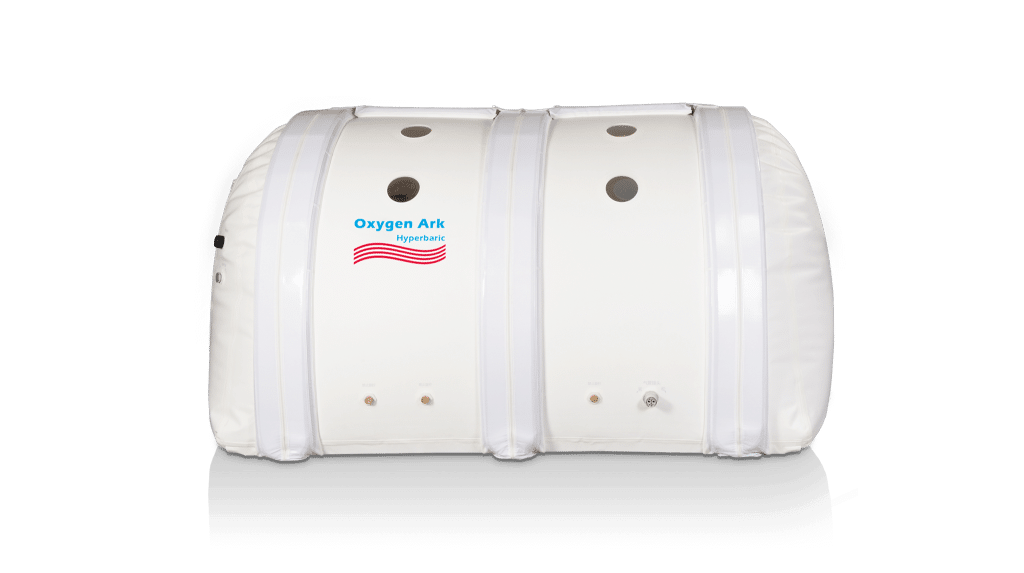
Source: oxygenark
Hyperbaric chamber designs and their treatment parameters can vary quite a bit.
Take a mild hyperbaric chamber, for example. It is designed to provide hyperbaric oxygen therapy at a lower pressure level compared to medical-grade hyperbaric chambers. As such, it is possible to use such a hyperbaric chamber a bit more often than you can use chambers that deliver more intense conditions.
Naturally, because of the milder conditions, a mild chamber may be best for applications like general wellness and not critical medical issues. They, nevertheless, should still be used in accordance with safety guidelines.
Recommended HBOT Frequency for Different Medical Conditions
Every detail we have shared so far is essential and you are likely to encounter the same responses if you seek hyperbaric oxygen therapy. Still, you are probably itching to get some actual timelines of how often you can or may need to get HBOT.
Here are a few treatment timelines for a few conditions based on best-practice protocols.
- Chronic or non-healing wounds – typical sessions of between 1 to 3 hours for about 5 days a week for several weeks. When the wound is stable I.e showing signs of continuous recovery, doctors tend to reduce the frequency of the sessions significantly as the HBOT is now just administered to maintain or achieve full healing.
- Decompression Sickness – multiple sessions of about 60 to 90 minutes spread over a few days. The exact prescription is based on the severity of a case.
- Air embolism – this usually requires a single emergency treatment session as soon as the air bubble obstructing blood flow is diagnosed. The length of the HBOT session can vary based on how the patient responds.
Risk Factors Associated with Frequent Hyperbaric Therapy

Source: Pexels
Hyperbaric therapy in itself presents risks such as:
- Barotrauma – injuries or discomfort in the ear, lungs, and other body parts that occur when patients are exposed to the unusually higher atmospheric pressure levels in a hyperbaric chamber.
- Oxygen toxicity – this is an excess intake of oxygen that a patient may experience after HBOT sessions. It is rare but does occur especially if the sessions are too long or unnecessarily frequent.
- Vision changes – the pressure in a hyperbaric chamber impacts every part of your body, including the eyes. This can lead to changes in vision like short-sightedness. The changes are usually temporary but should be closely monitored if they are unabating.
Of course, these are only general risks, and most patients undergoing HBOT may never even experience them or only feel them after a session. However, they show just how important it is to use hyperbaric chambers in moderation and under professional guidance.
Notably, these risks also apply to frequent non-medical use of HBOT. The Undersea and Hyperbaric Medical Society, additionally, sites the use of modified hyperbaric oxygen therapy in the wellness industry as a matter of concern due to:
- The use of masks instead of enclosed treatment chambers
This approach allows oxygen to mix with other gases and, therefore, patients/clients do not receive pure oxygen which is a key pillar in HBOT. It could cause complications if not closely monitored.
- Fire hazards
Masks are not enclosed or fully leak-proof. They are thus likely to leak high concentrations of oxygen into the atmosphere of a spa or beauty treatment parlor and increase the risk of fire.
In Conclusion
Overly frequent hyperbaric oxygen therapy sessions, when they are unnecessary, can expose you to more risk factors and even become counterproductive. Too few sessions, on the other hand, may present a very low risk but can be inefficient in treating your condition.
The solution? Work with your physician or professional service provider to find the right frequency for your needs.

